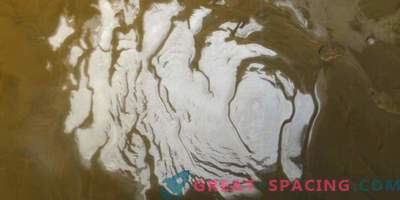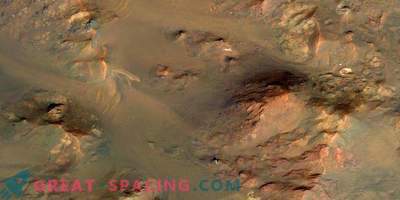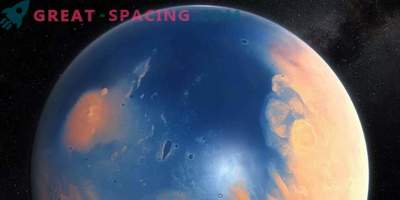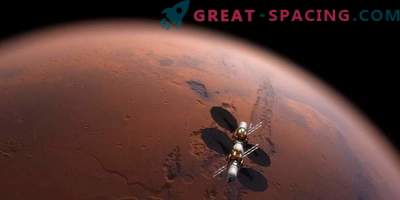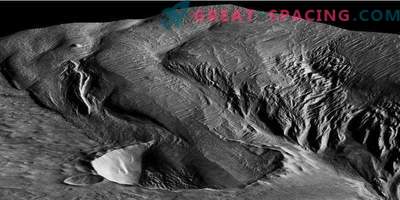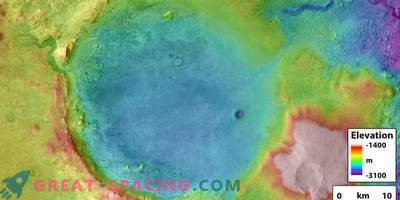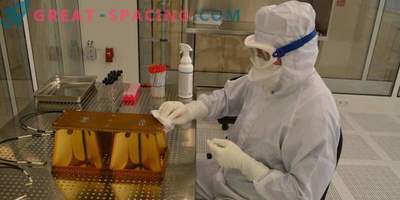
New research indicates that ancient Mars had enough chemical energy to thrive on microbes that could survive below the surface. The fundamental calculations of physics and chemistry for the Martian subsurface layer were taken as the basis. The findings hint at a sufficient amount of dissolved hydrogen to feed the global subsurface biosphere.
The earth has sheltered underground lithospheric microbial ecosystems. These microbes are deprived of energy from sunlight, so they receive the necessary doses, tearing electrons from molecules in the environment. A major donor is dissolved molecular hydrogen for terrestrial underground microbes.
New research shows that radiolysis (radiation destroys water molecules into hydrogen and oxygen parts) would create a lot of hydrogen under the surface of ancient Mars. It is believed that hydrogen concentrations in the Martian crust 4 billion years ago were in the range of current concentrations for terrestrial microbial life. This does not mean that life definitely existed under the surface of the ancient Red Planet, but if it were, then it was under the ground that the necessary components were hidden for supporting it for hundreds of millions of years.
Going underground
Scientists for several decades now have been convinced of the existence of Martian life in the past after the discovery of ancient river channels and lake beds on the Red Planet. However, it is still difficult to understand how much water flowed over the surface of Mars. Modern climate models of ancient Mars create temperatures that rarely exceed the freezing mark, which means that early wet periods could be short-lived. This is not the best scenario for maintaining life on the surface. Therefore, some believe that the real activity took place underground.
Scientists have studied the data of a gamma-ray spectrometer aboard a NASA Odyssey spacecraft. They were able to identify the abundance of radioactive elements of thorium and potassium in the Martian crust. Based on these indicators, it was also possible to indicate the abundance of uranium. The decay of these three elements provides radiation, leading to the destruction of water. Elements disintegrate at a constant speed, so you can use modern abundance to calculate the amount 4 billion years ago.
Then it was necessary to estimate how much water was available for such radiation. Geological data indicate a high content in the porous rocks of the ancient Martian crust. A rough estimate was derived based on a measurement of the density of the crust of the Red Planet. We completed the process using geothermal and climate models to determine where a place for potential life is located. The findings indicate that the Red Planet had a global subterranean habitat zone several kilometers thick. In it, the production of hydrogen by radiolysis would cause enough chemical energy to sustain the life of microorganisms. And this zone could remain intact for hundreds of millions of years.
Findings checked on models for warm and cold zones. It turns out that the amount of underground hydrogen is growing even in frosty conditions. Therefore, a more dense ice layer above the living area will serve as a “lid” that holds hydrogen from leaving the subsurface layer.
What are the consequences?
These results are useful for choosing the location of a spacecraft searching for ancient Martian life. It is especially interesting to study knocked out rocks during meteoric impacts. Many of them may contain traces of past life. Such blocks are located at two points, considered by NASA as future study sites for the rover in the 2020s.



